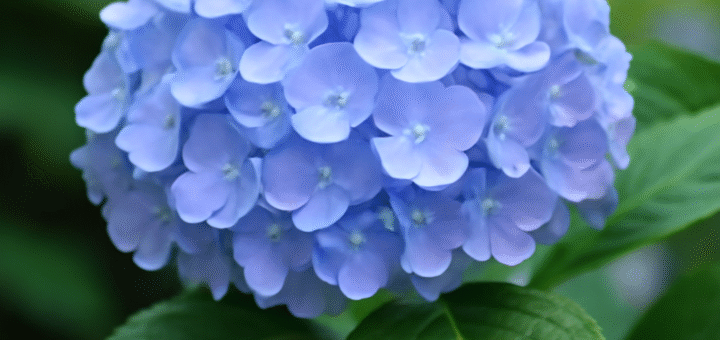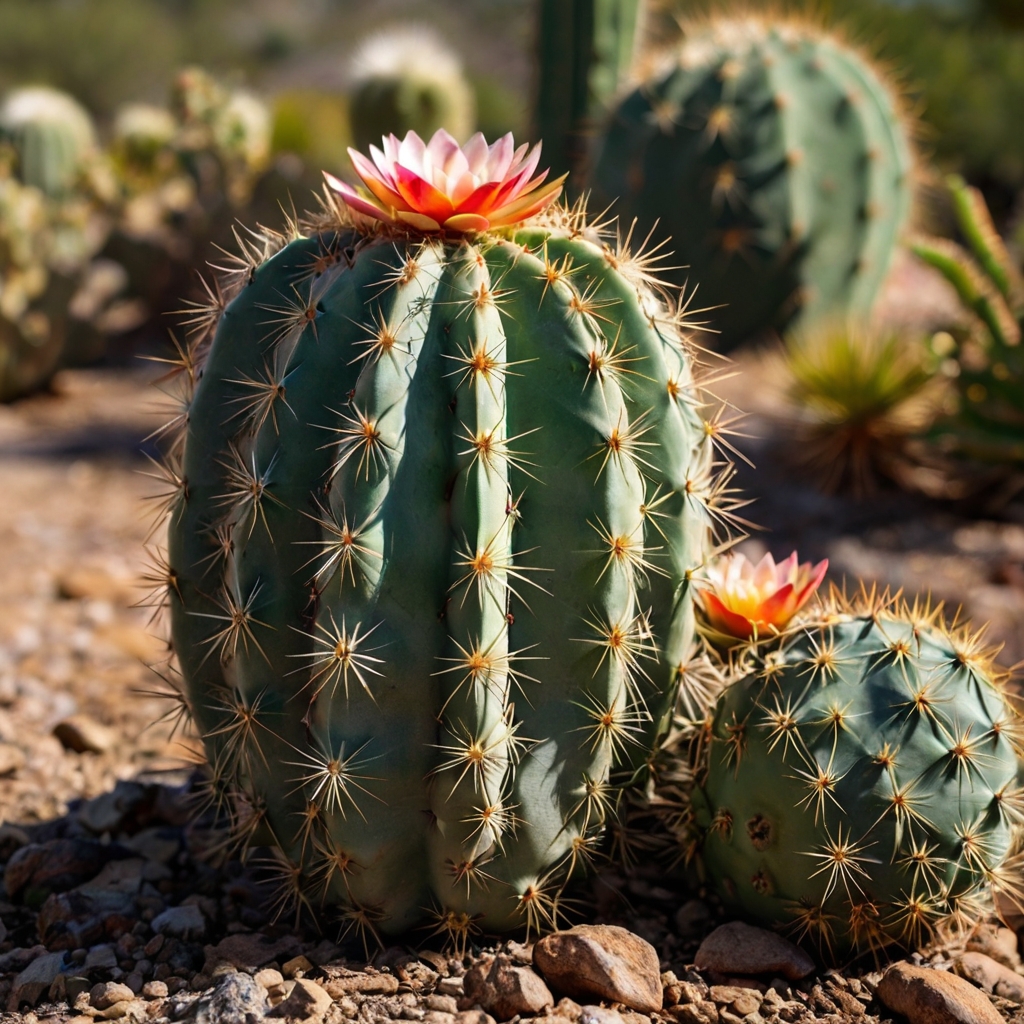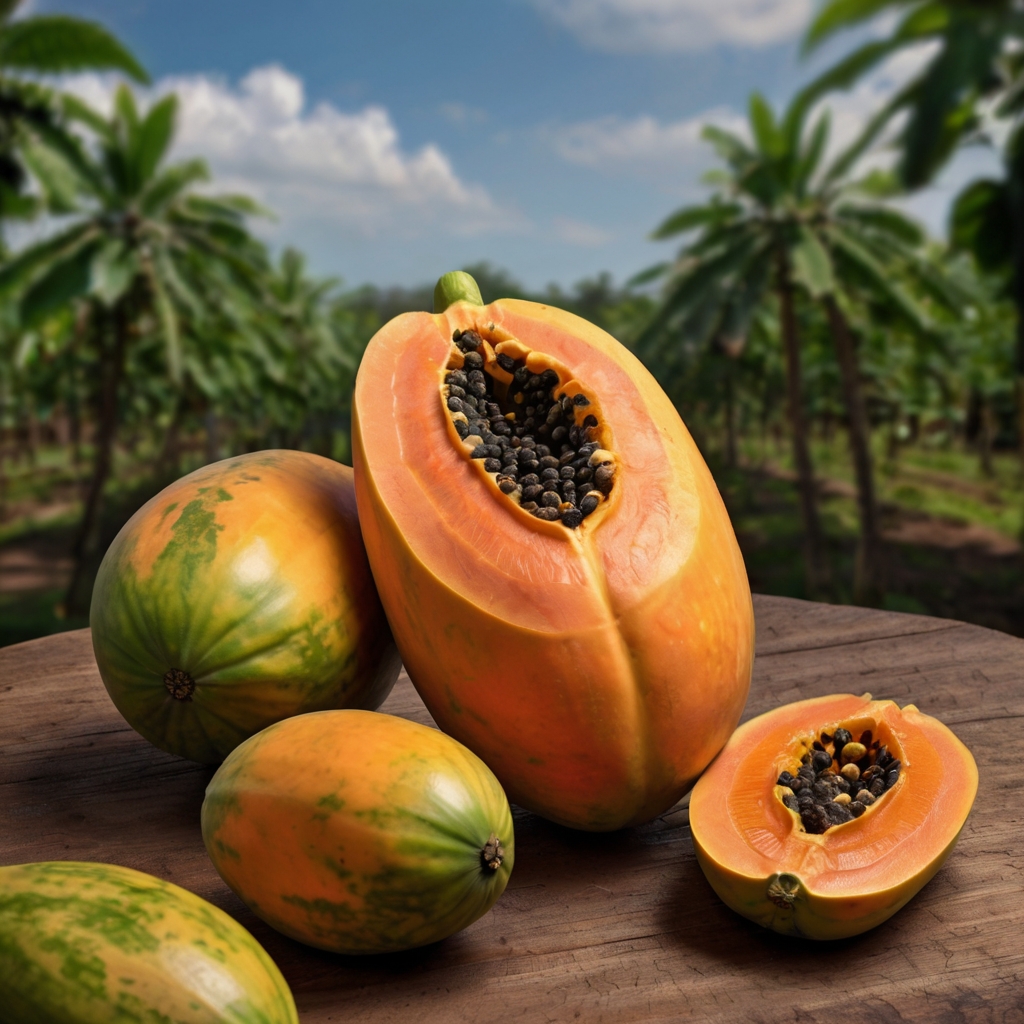Lily flower Plants| Facts, Uses, Description, Cultivation
There are several genera of herbaceous flowering plants in the Lilium genus, all with large and prominent flowers. In many parts of the world, lilies are important cultural and literary objects. The majority of...





